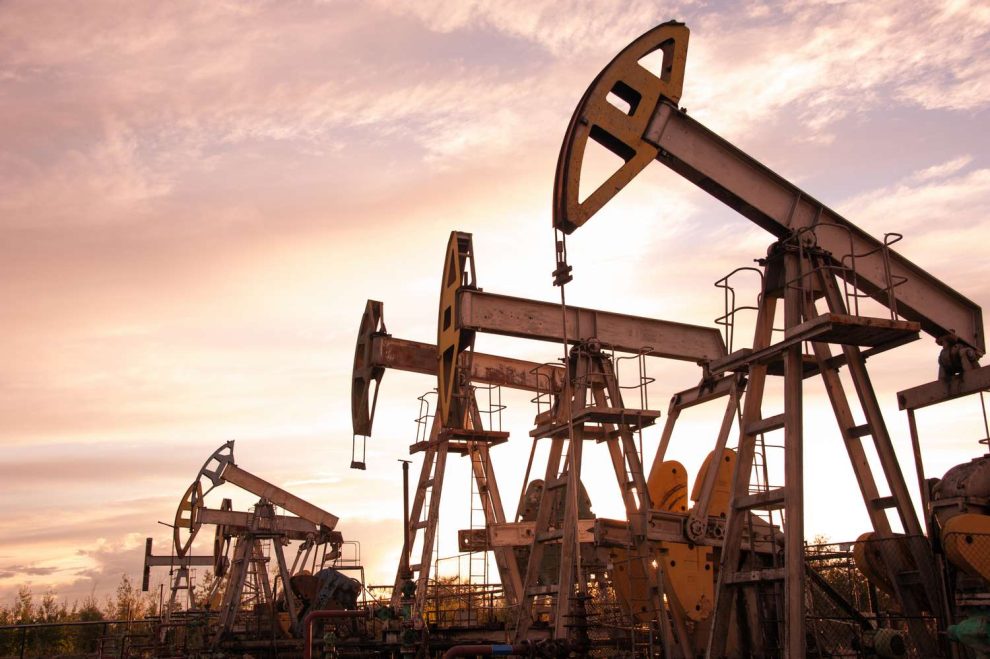Petroleum, also known as crude oil, is a vital energy resource that powers various industries and fuels our transportation systems. But have you ever wondered how petroleum is formed? In this blog post, we will delve into the fascinating process of petroleum formation, exploring its geological origins, the role of organic matter, and the conditions necessary for its creation.
I. Geological Origins of Petroleum:
- Source Rock: Petroleum is formed from organic matter found in sedimentary rocks, known as source rocks. These rocks contain high concentrations of organic material, such as dead plants and marine organisms, which will undergo transformation over millions of years.
- Accumulation Zones: Over time, sedimentary rocks with organic material are buried under layers of sediment and subjected to heat and pressure, creating an environment conducive to petroleum formation.
- Reservoir Rocks: Petroleum accumulates in porous and permeable rocks called reservoir rocks, such as sandstone and limestone, which act as storage spaces for the hydrocarbons.
II. Organic Matter and Hydrocarbon Formation:
- Organic Material: Organic matter, such as algae, plankton, and microscopic organisms, accumulates in the oceans and lakes. When these organisms die, their remains settle at the bottom, forming layers of organic-rich sediment.
- Burial and Diagenesis: Over time, the layers of organic-rich sediment are buried under additional layers of sediment, increasing temperature and pressure. This process, known as diagenesis, initiates the transformation of organic matter into hydrocarbons.
- Thermal Maturation: As the organic-rich sediment continues to be buried deeper, temperature and pressure increase further, leading to thermal maturation. This process involves the breakdown of complex organic molecules into simpler hydrocarbon compounds.
III. Types of Hydrocarbons:
- Kerogen: Initially, the organic matter undergoes transformation into kerogen, a solid organic material. Kerogen has the potential to generate hydrocarbons under the right conditions.
- Oil and Gas Formation: With increasing temperature and pressure, the kerogen undergoes further transformation, generating liquid hydrocarbons (oil) and gaseous hydrocarbons (natural gas). The composition and properties of the petroleum depend on the type of organic matter and the geological conditions.
IV. Migration and Trapping:
- Migration: Once formed, petroleum migrates from the source rock through permeable pathways, such as fractures or porous rocks, towards higher areas of the Earth’s crust. This migration occurs due to the buoyancy of hydrocarbons and pressure differentials.
- Trapping: Petroleum accumulates in reservoir rocks, forming traps where it is confined and can be economically extracted. Common types of traps include structural traps (formed by folds or faults) and stratigraphic traps (formed by changes in rock layers).
V. Exploration and Extraction:
- Exploration Techniques: Geologists use various techniques, such as seismic surveys and drilling, to identify potential petroleum reservoirs. These methods provide valuable information about the subsurface geology and help locate areas with high petroleum potential.
- Extraction Methods: Once a petroleum reservoir is identified, extraction techniques like drilling and well completion are employed to access and extract the petroleum. Advanced technologies, such as hydraulic fracturing (fracking) and enhanced oil recovery (EOR), can also be used to maximize production.
VI. Environmental Considerations:
- Environmental Impact: Petroleum extraction and usage have environmental consequences, including habitat disruption, water and air pollution, and greenhouse gas emissions. These impacts have prompted the development of cleaner energy alternatives and increased efforts towards sustainable practices.
- Transition to Renewable Energy: The global shift towards renewable energy sources aims to reduce dependence on fossil fuels like petroleum and mitigate the environmental impact associated with their extraction and combustion.
Conclusion: Petroleum, a valuable and widely used energy resource, is formed through a complex geological process that involves the accumulation and transformation of organic matter over millions of years. Understanding the formation of petroleum provides insights into its limited availability and the need to explore sustainable energy alternatives for a greener future.



















Add Comment